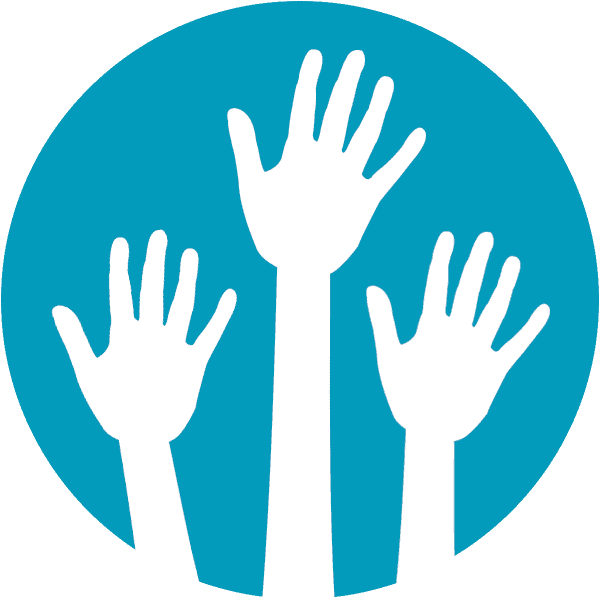Musician's Dystonia
Task Specific Focal Dystonia
Professional musicians are susceptible to a number of occupational conditions, including task-specific focal dystonia.
Experts estimate about 1% of professional musicians are affected by dystonia, but there are likely large numbers of musicians living with symptoms who remain unidentified. Almost all individuals with musician’s dystonia are classically trained, and most are male. Up to 25% have a family history of dystonia.
The first signs of musician’s dystonia are lapses in the usually instinctive ability to perform on the instrument. Musicians may perceive the early symptoms of dystonia as a result of faulty technique or insufficient preparation.
Musician’s dystonia is triggered by playing the instrument and does not typically affect other activities. The top three musical instruments associated with musician’s dystonia are piano, the guitar, and brass instruments.
Pianists typically develop symptoms in the right hand, often affecting the fingers. String players usually experience symptoms in the left hand. Guitarists and percussionists may develop symptoms in either hand. Woodwind players may develop symptoms in the hands or embouchure. Brass players are usually affected in the corners of the mouth and jaw.
There is typically no pain associated with musician’s dystonia.
Because musician’s dystonia is a neurological disorder, the aim of treatment is to help the nervous system relearn the ability to complete specific movement tasks without triggering dystonia.
The origins of musician’s dystonia are being researched by scientists around the world. As a person develops and learns movement tasks, these movements are stored in the brain as sensory motor programs. Musician’s dystonia can be described as “computer virus” that corrupts the sensory motor programs associated with playing the instrument.
Although there is no cure for musician’s dystonia at this time, several treatment options exist.
Embouchure dystonia is a type of dystonia that affects brass and woodwind players. Embouchure dystonia targets muscles in the mouth, face, jaw, and tongue.
The involuntary, abnormal movements associated with embouchure dystonia are often very subtle and occur only when the musician is playing, buzzing into the mouthpiece, or forming the embouchure.
Symptoms of embouchure dystonia may include air leaks at the corners of the mouth, sometimes accompanies by a tremor, and involuntary contractions of the muscles in the face.
Treatment may include rehabilitative methods that attempt to retrain the nervous system to perform on the instrument without triggering symptoms, oral medications, and botulinum neurotoxin injections administered by an experienced physician.
Focal hand and limb dystonia is characterized by involuntary, abnormal movements in the hands and/or fingers. Hand dystonia is seen in pianists, string players, guitarists, percussionists , and woodwind players.
Symptoms of hand dystonia may include subtle loss of control in fast passages, lack of precision, curling of the fingers, fingers ‘sticking’ to keys, involuntary flexion of the thumb in strings, and tremor.
Musician’s hand dystonia is highly task specific, and may have a prominent sensory component. For example, a pianist may experience symptoms with playing on ivory keys but not while playing on plastic.
Treatment may include rehabilitative methods that attempt to retrain the nervous system to perform on the instrument without triggering symptoms, oral medications, and botulinum neurotoxin injections administered by an experienced physician.
A neurologist who specializes in movement disorders is typically the most appropriate physician to diagnosis and treat hand dystonia in musicians.
The type of doctor that is typically trained to diagnose and treat dystonia is a neurologist with special training in movement disorders (movement disorder specialist). Select performing arts medicine specialists may also be qualified to identify and treat dystonia, depending on their training and experience.
Living well with dystonia is possible. Individuals affected by dystonia are strongly encouraged to:
• Seek evaluation from a neurologist with special training in movement disorders.
• Learn about dystonia and treatment options.
• Seek expert mental health professionals to diagnose and treat possible co-existing anxiety and/or depression.
• Develop a support system of support groups, online resources, friends, and family.
• Explore complementary therapies for overall wellness.
• Get active within the dystonia community.
Musicians With Dystonia was founded in 2000 by Glen Estrin, a former professional French horn player diagnosed with embouchure dystonia, and Steven Frucht, MD in partnership with the Dystonia Medical Research Foundation (DMRF). The program was renamed in 2020 to the Leon Fleisher Foundation For Musicians With Dystonia to honor the memory of Leon Fleisher.
The Foundation established a network of health care practitioners knowledgeable about the disorder and an informal support network of fellow affected musicians.
Keith Emerson, legendary keyboardist and composer, best known as a founding member of the iconic supergroup Emerson, Lake & Palmer, was lesser known for his struggles with musician’s dystonia, which significantly impacted his ability to perform. Keith passed away in 2016, but his legacy as a performer lives on. His family and friends are honoring this legacy by supporting the DMRF in his memory. Learn more.
Plus, a new concert film and album documents the May 2016 tribute show in his honor. The Official Keith Emerson Tribute Concert is available as a four-disc set featuring DVD and two CDs capturing the entire two-and-a-half-hour event and a disc of bonus interviews. Click here for details and to order.
Musicians with Dystonia Support Forum is a private Facebook group where musicians affected by dystonia are welcome to connect, to give and get support.



